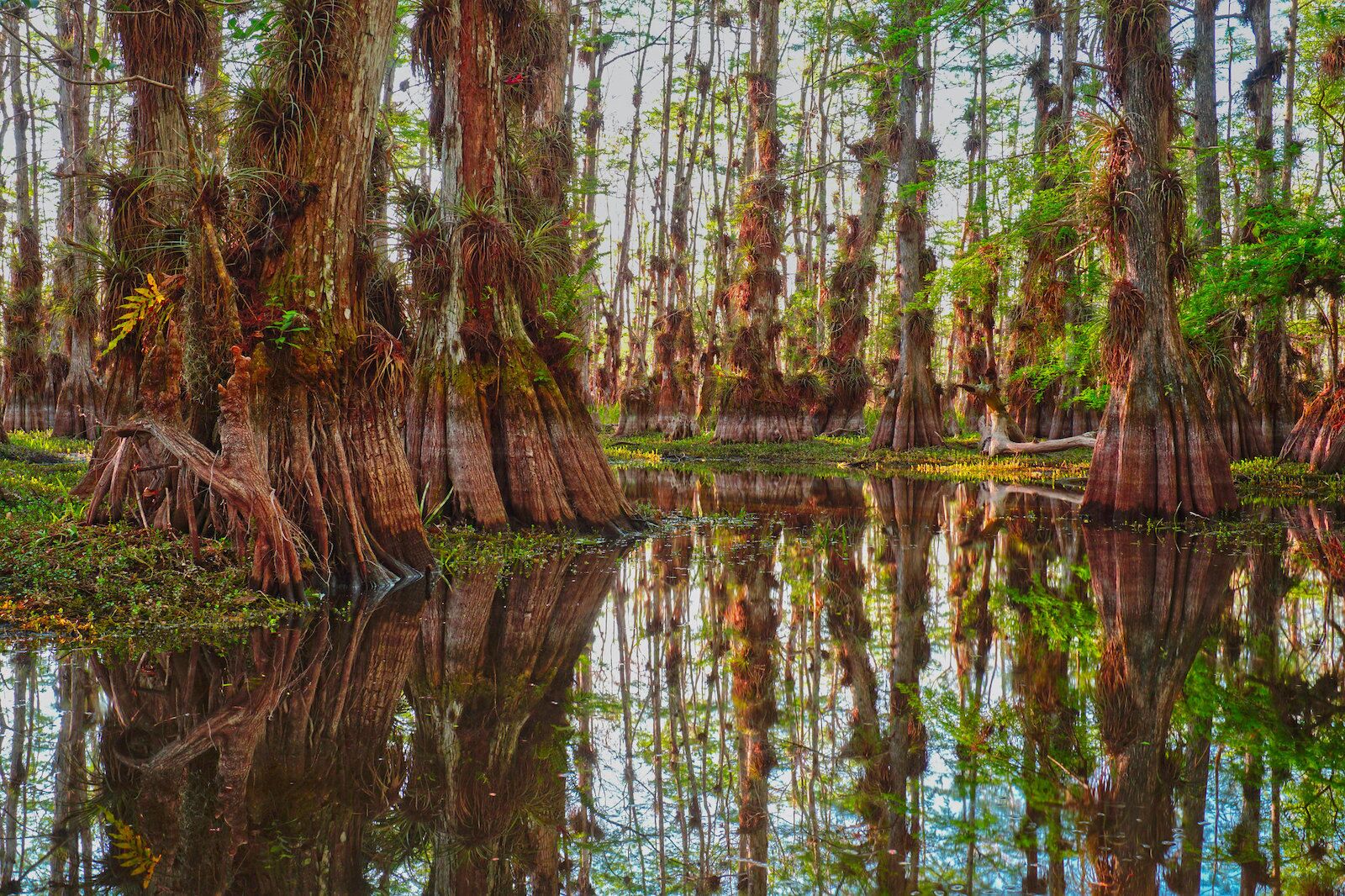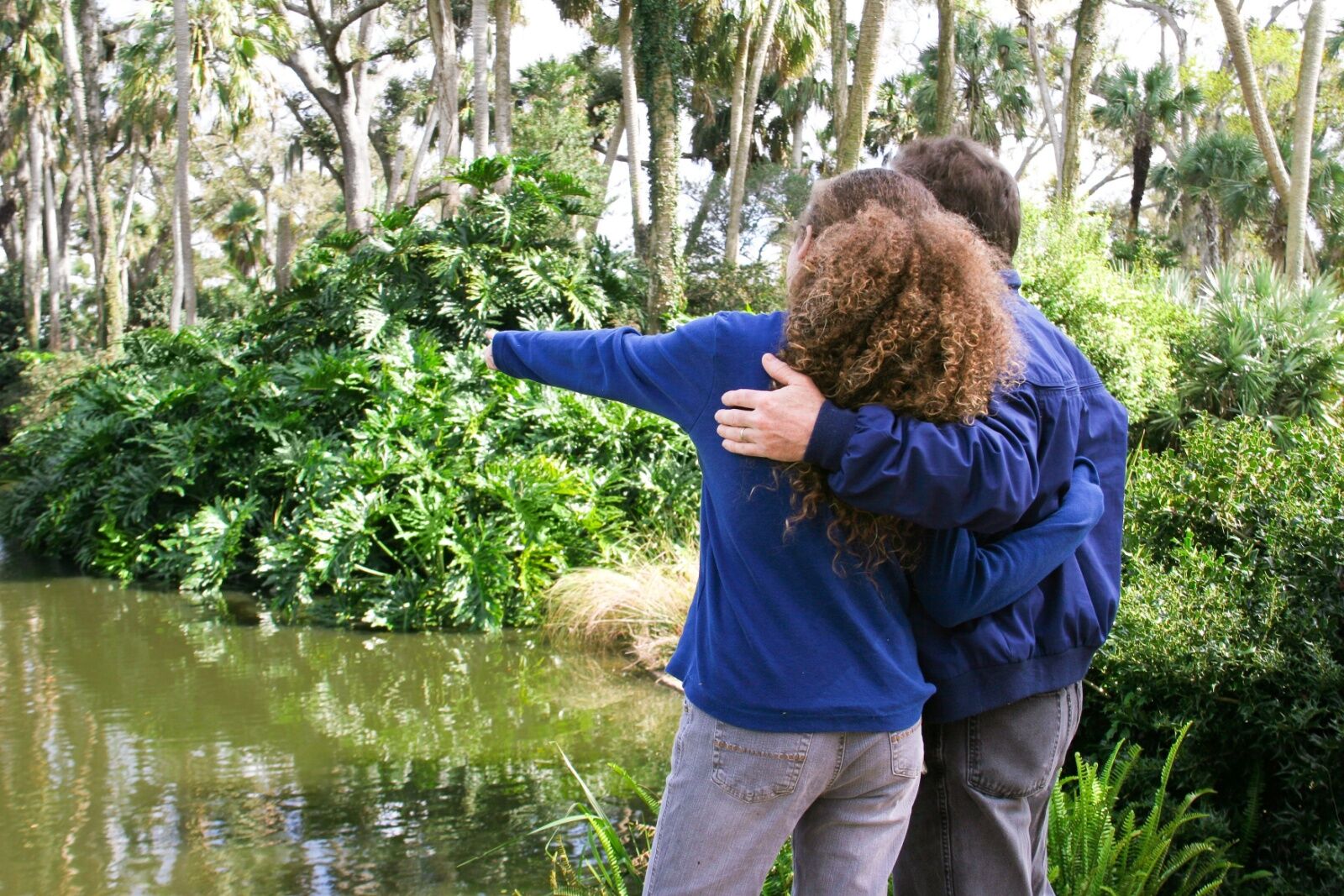Generally, the response I get when telling people I’m going on a swamp walk is one word: “Nope.”
Visions of alligators, mosquitoes, and that unforgettable leech scene from Stand by Me generally prevent people from exploring the elegant ecosystems of swamps around the world, but swamps get unfairly bad rap. They’re always preceded by words like “inhospitable” and “treacherous.” But in fact, they’re some of the most peaceful, idyllic settings in the world. And when you experience them in the right way, you can find in a swamp a connection with nature you won’t find in most other natural environments.








